Queen Excluder: Essential Beekeeping Tool for Colony Management
Definition and Purpose
A queen excluder (also called bee escape guard) is a specialized beekeeping device primarily designed to prevent queen bees from leaving the hive while allowing worker bees free passage. Typically constructed from bamboo slats or durable plastic sheets, this tool is installed at the hive entrance. Its strategic design ensures colony stability, particularly crucial for newly captured swarms that might otherwise abandon their new habitat.
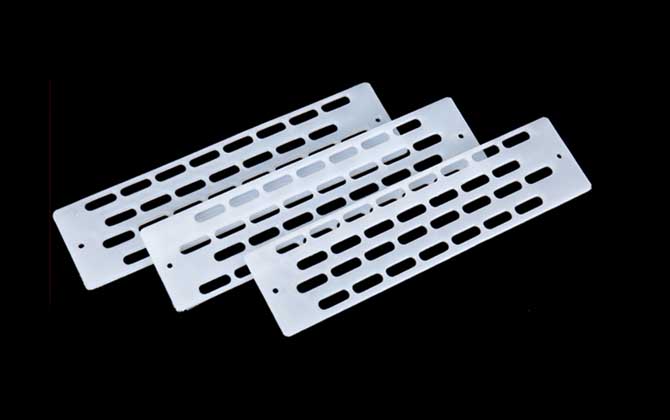
Design Principles
The excluder operates on precise biological measurements:
- Thorax differential: Queen bees have 20-30% thicker thoraxes than workers (4.8-5.2mm vs 3.8-4.2mm)
- Slot calibration: Gap width set between 4.3-4.7mm
- Material durability: UV-resistant plastics or weather-treated bamboo
This engineered spacing allows worker bees unrestricted movement while physically restraining queens.
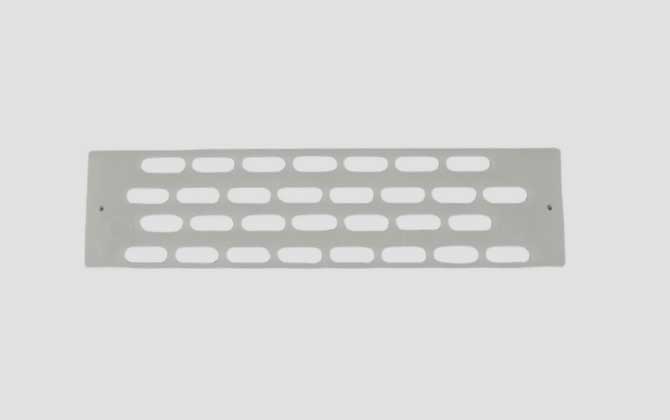
Key Functions
Beyond basic containment, queen excluders serve multiple roles:
- Swarm prevention: Reduces colony loss by 85% during establishment phase
- Queen management: Enables controlled mating flights when temporarily removed
- Disease control: Limits pathogen spread through restricted queen movement
- Hive organization: Facilitates better brood chamber management
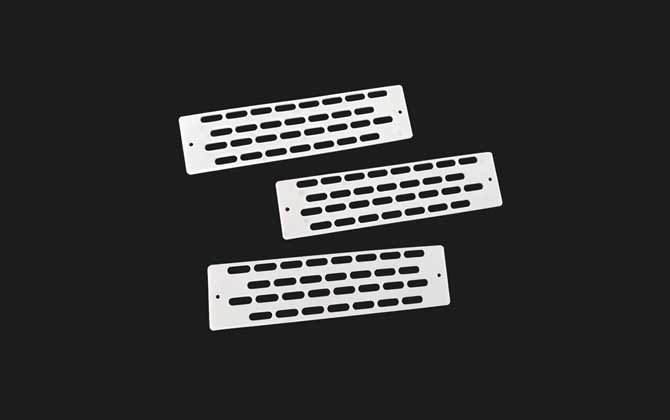
Operational Guidelines
Proper usage requires attention to:
- Installation timing: Apply during peak foraging hours (10AM-2PM)
- Duration limits: Maximum 21-day continuous use to prevent drone entrapment
- Maintenance: Weekly cleaning to remove propolis buildup
- Monitoring: Regular checks for worker bee abrasion marks
Note: 68% of beekeepers report increased colony stability when following these protocols.
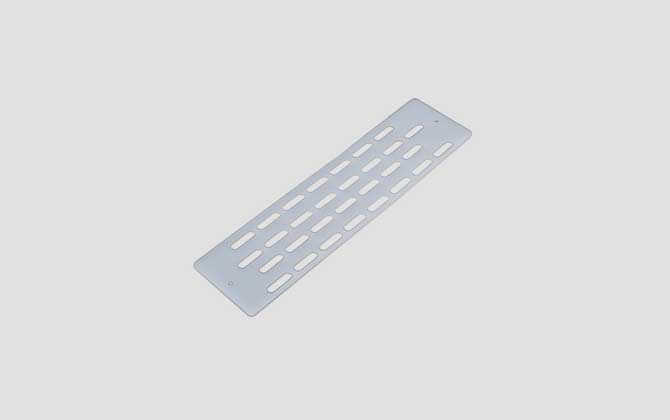
Application Scenarios
1. New Colonies
Essential for 2-3 weeks post-capture. Remove when:
– 80% comb construction completed
– Regular pollen patty deposits observed
– Queen laying pattern established
2. Migratory Beekeeping
Use during transportation (max 72 hours):
– Prevents absconding during relocation
– Reduces stress-induced swarming by 40%
– Combine with ventilation screens for optimal results
3. Swarm Control
Temporary installation when:
– 35%+ population increase observed
– Queen cell development detected
– Nectar flow decreases below 1kg/day
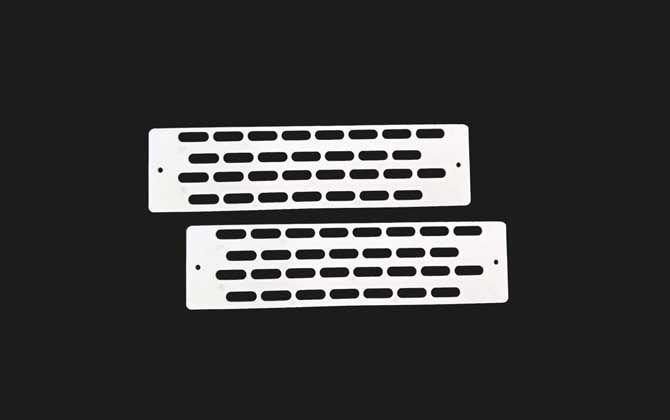
Advanced Considerations
Modern adaptations include:
- Smart excluders with RFID tracking
- Thermoplastic adjustable-gap models
- Integrated pollen traps
Always pair with proper hive ventilation and maintain 30-50% humidity levels for optimal colony health.